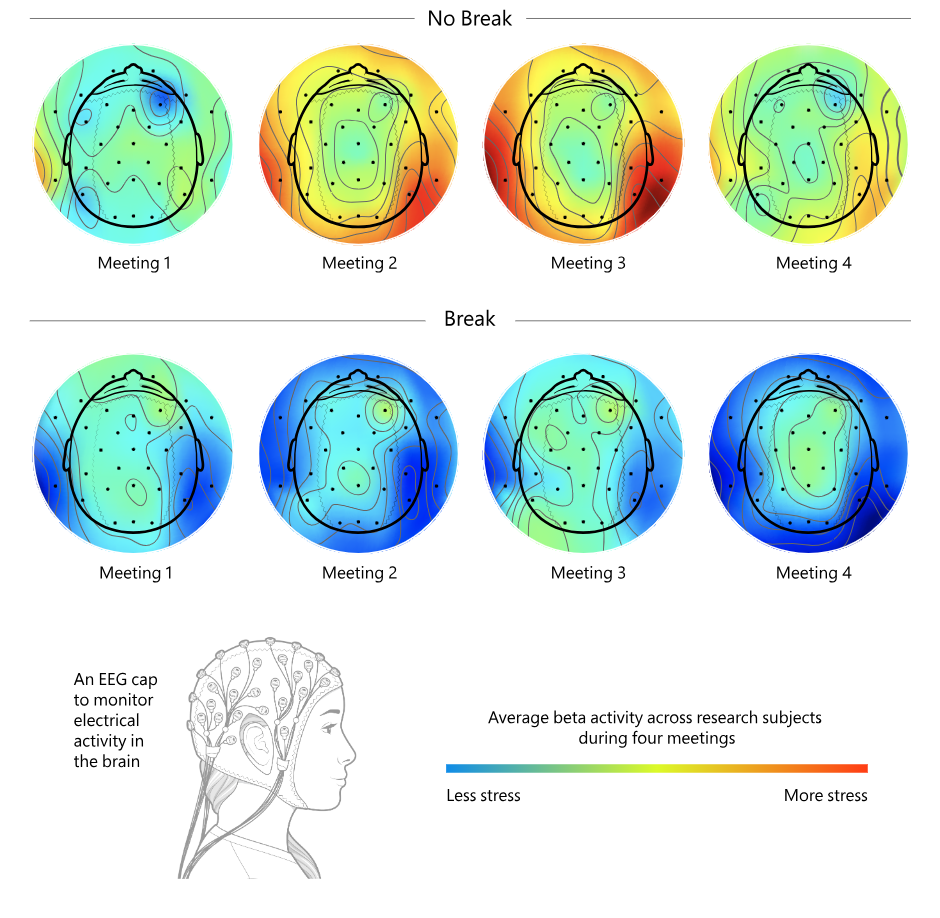Why Your Meetings Are Still Bad — Part 2: The World has Changed
If you missed “Part 1: New Tools, Old Mindset,” feel free to go back and read the anecdote I posted there.
Our meetings have become bad over time because the world has changed significantly, but I’d argue that our meetings haven’t.
You may be thinking, “Well Mark, you’re wrong because today we have new tools that give us the ability to meet from anywhere and everywhere.”
You’re right that we have new tools, but they don’t make our meetings better. In some cases, I’d even say the new tools, combined with an old mindset, might be making our bad meetings … worse.
When I say the world has changed, I don’t just mean since 2020. Our meetings were bad before the pandemic, and now we have even more of those same meetings every day.
We’re having the wrong meetings.
There are only three reasons to meet synchronously: to make a decision, forge a team or hold a forum. Sharing information is one of the worst reasons to hold a meeting. In today’s world of rich media distribution, we should be sharing information ahead of time, and the purpose of the meeting should be to discuss the information and determine what to do with it. The meeting should be about action, not information.
The worst weekly meeting I had at a previous employer was an in-person, 7:30 a.m. meeting every Monday where we sat around a conference table and read our Salesforce Opportunity entries to each other. What a morale buster and a waste of time.
If you share information ahead of time, others can absorb it when they’re in the proper mindset to do so, likely retaining more of what you shared. They can then come prepared with questions or a plan of action.
If the information needs context beyond images and text, record a quick video explaining the information or highlighting important points and send that as well.
Our wrong meetings are too long.
When I worked for Barco, they did some interesting studies on meetings. The fact that stood out the most to me was this.
“In the average meeting, most companies only spend about 44% of the time discussing the topic of the meeting and next steps.”
Based on the average meeting time of 48 minutes, a perfect meeting would be 21 minutes. How much time would you get back if your hour meetings were reduced to 21 minutes, and how much more productive would those focused 21 minutes be?
Our wrong, long meetings are too close together.
We’ve all had days in the last two years where we have been scheduled for eight-hour-long meetings within an eight-hour period, back to back to back. There are a couple of major problems with this.
First, our brains take some time to switch gears between tasks. Going from a financial meeting where you need to be thinking analytically directly into a brainstorming meeting that requires creativity can be a hard shift.
Secondly, any action items that come out of those meetings can be easily lost in the shuffle, creating a lot of rework after the meeting.
Both of these facts mean one thing: higher stress. Higher stress often correlates to lower productivity.
Microsoft did a study on the effect of back-to-back meetings, and the resulting brain state maps say it all: Breaks are essential to producing better work and supporting employee health.

Our wrong, long, too close together meetings are in generic spaces.
Flexibility is good, but not at the expense of results.
Too many of our rooms are designed based on the number of chairs in the room, without any real thought given to the outcome the room needs to produce. When you focus on utility alone, you create inflexible, uninspired spaces that fail to elevate meetings and cause people to question why they came into the room at all. We have to prioritize what type of meeting space supports outcome, rather than simply focusing on what existing areas we can use.
For instance, studies show people are more creative in a standing or perched position, and open pathways to tools encourage more collaboration than low seats and fixed tables. Leaning back on soft furniture triggers critical thinking. A table with a head and a foot reinforces hierarchy, which may be counterproductive to gathering feedback in a forum of employees at different levels in the organization.
Our wrong, long, too close together, generic meetings are ALL on video.
Not every meeting needs to be on video. Just as the back-to-back nature of meetings causes undue stress, so does a constantly ‘on air’ meeting environment. Not every meeting needs video, and there are pros and cons to using video.
Supporting neurodiversity in the workforce means understanding that not everyone feels comfortable on camera.
Having an always-on rule for camera use in meetings could have a net negative effect.
My point is that just throwing new technology at our existing meetings won’t make them any better. It just allows us to have even more bad meetings from anywhere and everywhere.
So what is the solution?
Stay tuned for Part 3.




